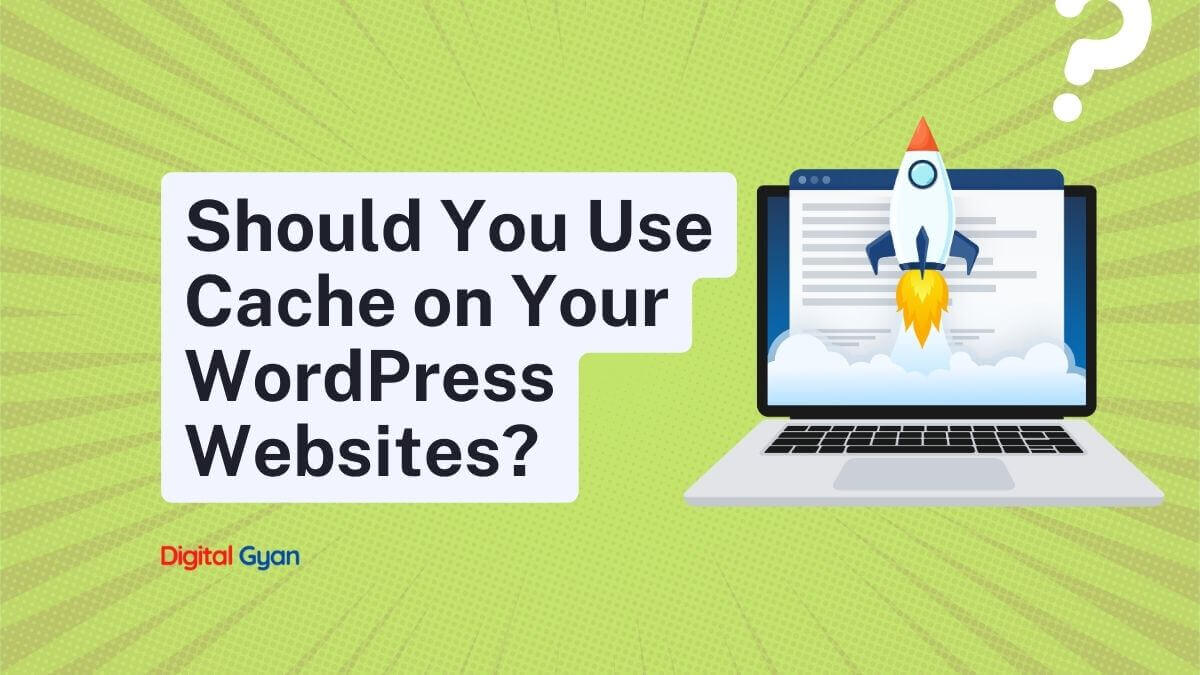What is a Blog and How is it Different from a Website?
Blogging has become a popular way to express opinions and information, or simply tell a story. But what exactly is a blog and how does it differ from a website?
While both blogs and websites are commonly used for online communication, they serve different purposes and have distinct features.
In this article, we will explore the about blogs and websites. We’ll break down the key elements of each type’s characteristics and use cases.
Difference Between a Blog and a Website
A blog focuses on written content, often in the form of journal entries or articles. It typically has a chronological layout, with the newest post appearing at the top. Blogs are usually created by individuals or small groups and tend to have a more personal voice than traditional websites. They can cover any topic imaginable, from fashion to food to finance.
On the other hand, a website is a collection of web pages that are linked together under one domain name. It can include static pages like an “About Us” or “Contact” page as well as dynamic content like e-commerce stores and online forums. Unlike blogs, websites are generally more formal in tone and may be created for businesses or organizations.
While there is some overlap between blogs and websites (for example, many businesses have blogs on their company website), there are distinct differences in their structure and purpose. Understanding these differences can help you decide which format is best for your needs if you’re looking to create an online presence.
Purpose and Format
When it comes to purpose and format, blogs and websites have some key differences. A website typically serves as an online brochure for a business or organization, providing information about products or services offered, contact details, and other important details. In contrast, a blog is centered around regularly published content that is updated on a more frequent basis than the static pages of a website.
Blogs are often used to share personal reflections, industry insights, news updates or educational materials with readers who share similar interests. Many businesses use blogs to establish themselves as thought leaders in their respective industries by sharing valuable knowledge with their target audiences. Additionally, blogs can help drive traffic to a website through search engine optimization techniques like keyword research and backlinking.
In terms of format, most websites follow a standard structure consisting of pages such as Home, About Us/Company Overview, Products/Services Offered , Contact Us/Get in touch , etc., whereas blog structures can vary widely based on the topic being covered or the style of the writer. Some common formats include listicles (numbered lists), how-to guides/tutorials , opinion pieces/editorials , interviews with experts/guest bloggers among others . Ultimately though both blogs and websites serve different purposes but have many overlaps when it comes to design features which help them achieve their respective goals.
Content Creation
A blog is regularly updated with new content in the form of blog posts. Blogging started as an online diary or journal, but it has since evolved to be used for various purposes such as business, personal branding, and education. A website, on the other hand, can contain different types of pages such as home page, about page, contact page, and services/products pages.
The main difference between a blog and a website is their purpose and structure. A blog’s primary purpose is to publish content regularly while a website serves a broader range of functions such as providing information about products or services offered by an individual or company. Additionally, blogs have a chronological structure where new posts appear at the top while websites have hierarchical structures that may include subpages.
Blogs also tend to focus more on creating engagement with readers through comments and social media sharing options whereas websites aim at offering visitors more structured information about businesses or individuals. In conclusion, understanding the differences between blogs and websites can help you decide which type of platform best suits your needs whether it’s for personal use or business purposes.
Reader Engagement
There are distinct differences between a blog and a website. A website is generally considered to be an online portal that serves as a digital representation of the company or brand. It provides information about the products or services offered, company history, mission statement, and contact information. On the other hand, a blog is more focused on providing informative content to its readers through articles published regularly by the author.
When it comes to reader engagement, blogs have an advantage over websites due to their interactive nature. Blog posts allow readers to leave comments and engage in a conversation with the author or other readers. This encourages interaction and community building among visitors who share similar interests.
To further increase reader engagement, bloggers can use various strategies such as asking questions within their posts, adding social media sharing buttons for easy sharing across platforms, creating polls for readers to participate in, and hosting giveaways or contests. By implementing these tactics along with consistently publishing high-quality content that resonates with their audience’s interests, bloggers can keep their audience engaged and interested in their blog for longer periods of time.
Interactivity in Blogs vs. Websites
Blogs have a focus on written content and encourage reader engagement through commenting systems. A website, on the other hand, can be any kind of online platform with various types of content and may not prioritize frequent updates or reader interaction.
When it comes to interactivity, blogs often offer more opportunities for readers to engage with the writer and each other. Comment sections allow for discussions and debates, while social media sharing options make it easy for readers to share posts they find interesting or valuable. Websites may have comment sections as well, but they tend to be less prominent or nonexistent altogether.
In addition to comments, blogs may also incorporate interactive elements like quizzes or polls that encourage engagement beyond just reading the post. While websites can certainly include these features as well, they are often more commonly associated with blogs due to their focus on building a community around the content being shared. Ultimately, both blogs and websites can benefit from incorporating interactive elements that keep readers engaged and coming back for more.

